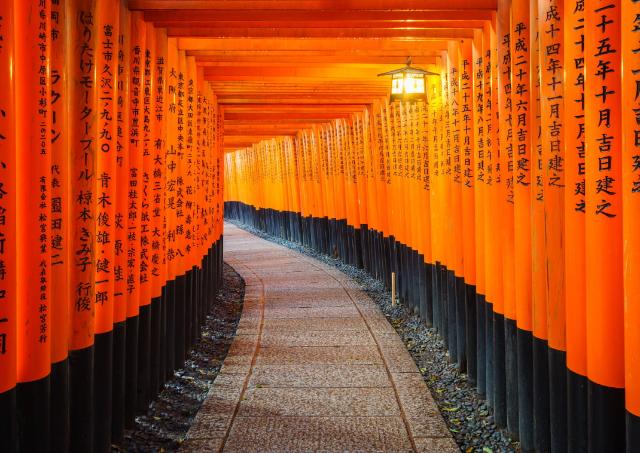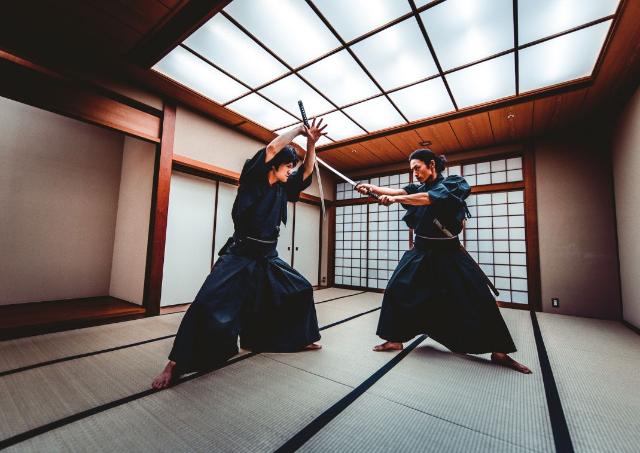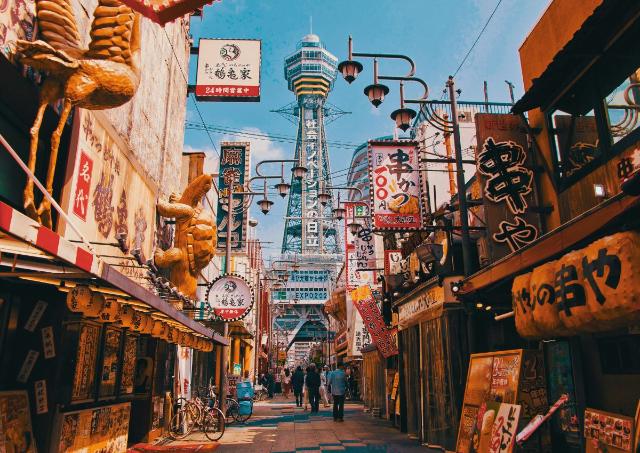Top 5 Enlightening Japanese Gardens
In whichever way you’ve had the privilege of experiencing something similar near your own home, the dedicated garden areas of Japan are often as broad as they are immaculate. Decorated with hills, bridges, and thatched roof tea houses, gardens can be found all over the country and are often prime spots for seeing spring flowers bloom and autumn leaves change colours.
In this top five list, we’ll be breaking down the most elegant and elaborate gardens the country has to offer. Some which sit under the gaze of massive castles, in or around art museums, or placed in the centre of bustling metropolises. No two are alike, but they all offer a chance to step away from the stresses of contemporary life and reflect on the beauty of your surroundings.
5. Sankeien, Yokohama
Let’s begin with a garden just a stone’s throw from the centre of Tokyo’s neighbouring metropolis, Yokohama. The city’s southern garden, Sankeien, is too far from the inner city to be surrounded by skyscrapers, however.
The “en” of these names is the word for garden. Thus, Sankeien is named after its creator, Hara Sankei. Well over a century old, Sankeien is filled with ponds and pagodas worth perusing in every season, but its collection of cherry blossom trees makes for a sight to behold in spring. The pond’s installation of row boats and regular visitations by giant white cranes sees engagement shoots as common occurrences.
Beneath the cliffs of the garden area, the Shanghai Yokohama Friendship Garden can be entered freely and is worth a stroll through the pond building and gazebo before entering Sankeien from the south gate.
4. Suizenji Jojuen, Kumamoto
As the heart of Japan’s westernmost mainland island, Kyushu, Kumamoto prefecture hosts an array of natural beauty, and its capital city sits surrounded by some of the splendid bamboo-covered mountains.
Not far from Kumamoto City’s particularly gorgeous castle, Suizenji Jojuen possesses an impressive number of plum and cherry blossoms, Japanese pine, and hungry koi fish. From the inner tea house, capture the full sight of the pond under the gaze of delightful green hills formed to represent mountains – the largest of which depicts Mt. Fuji.
As lovely as the garden is, it is only the start of the larger Suizenji Park area that straddles the Kase River and opens into lakes patterned with small islands connected by footbridges. While the entire area is worth a stroll in Kumamoto City, the garden is certainly its crown.
3. Kokoen, Hyogo
Kokoen is a fine neighbour to the only World Heritage castle in the country, Himeji Castle. As the focal point of Himeji City in Hyogo prefecture, the castle is unmissable as is its garden.
Kokoen is lined with bamboo forests sprinkled with stepping-stones, footbridges, tea houses, and gazebos – all with the allure of sitting beneath the massive and beautiful Himeji Castle. An emerald green in the warmer months and a rainbow of fall foliage in autumn, the garden is an absolute must when in the area.
The tea house, Soujuan, also offers tea ceremonies every afternoon for those wanting to experience a green tea ceremony on the grounds of a Japanese garden. Sip with sweets while relaxing surrounded by the sounds of flowing water and the encouragement of experiencing inner tranquillity.
2. Ryoanji Rock Garden, Kyoto
For those looking for a full-scale version of their home Zen garden on their desk, enjoy a fine example of the original at Ryoanji Temple’s rock garden in Kyoto.
It’s tough to think about Kyoto without thinking about aged and worn temples and pagodas built several eras prior, and Ryoanji is no exception. Well over 500 years old, Ryoanji is stained with the evidence of time and is walkable with indoor and outdoor sections. One of those outdoor sections provides views of one of the country’s most famous rock gardens.
While the temple is a fine enough reason to visit on its own, the rock garden is an undeniable power spot. Often immaculate and chronically cared for, it’s a fine spot to experience in any season.
Of course, visitors cannot participate in the raking like they can in their own tabletop gardens, but it is a spot worth sitting with and burning into your memory.
1. Adachi Museum of Art Garden, Shimane
It may come as no surprise that our number one is a nationally considered number one for many years running.
Located in the hills of Yasugi, Shimane, about an hour's commute from the prefectural capital of Matsue, the garden is a permanent outdoor installation of the Adachi Museum of Art. Its immaculately maintained trees, bushes, sand beds, and koi ponds give it an other-worldly aura. Mixed in with the bright green hills of the area, the garden acts as paintings seen within the frames of the inner museum windows.
While the garden is accessible outdoors, most of it is completely untouchable and for viewing only – further exemplifying its feeling of isolated perfection. However, from any angle, the garden is genuinely unforgettable.
While the garden is the star of the site, Adachi Museum of Art is still an art museum full of wonderful exhibitions worth exploring. And since the garden is well-kept in all seasons, nothing should stop visitors from taking a trip to the museum.
Extra: Koishikawa Korakuen, Tokyo
It would be regrettable to dismiss a Tokyo garden as radiant as Koishikawa Korakuen.
Even fresh into the country’s capital from the plane, Koishikawa Korakuen is as easily accessible as it is beautiful. A part of the Tokyo Dome attraction area, the garden is just a short walk from a JR and metro station. It features ponds with inner islands connected by wooden bridges and shows off its stone moon bridge from time past.
With the site being nearly 400 years old, it was reopened 1938 to tourists and residents. So, for those who only have time for one, Koishikawa Korakuen is a fine choice.
Ready for Peace of Mind?
Relax in sites all over the country on our Nature and Hot Springs tour!




